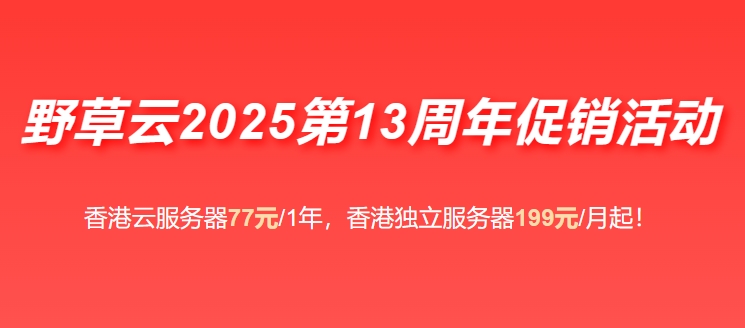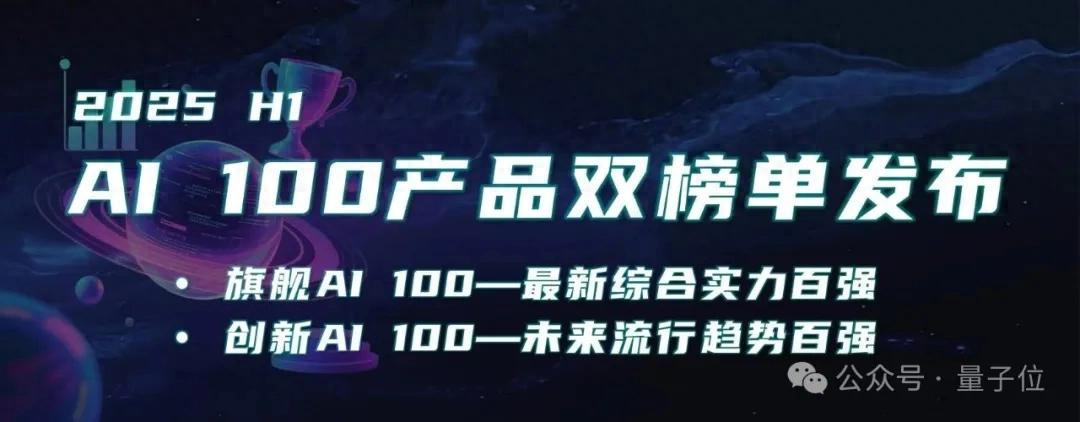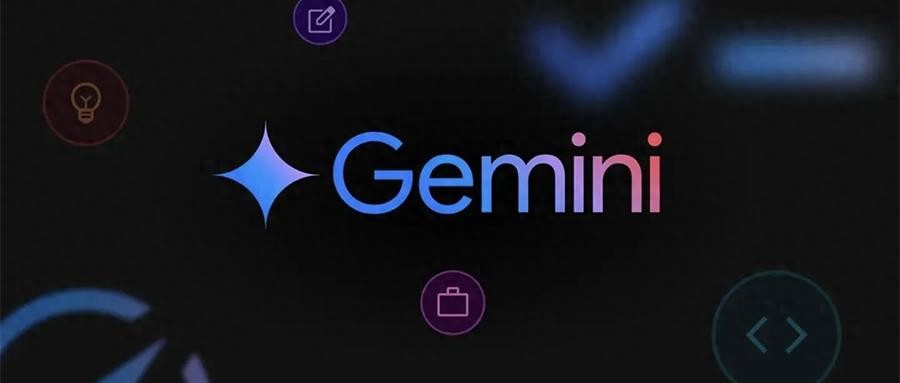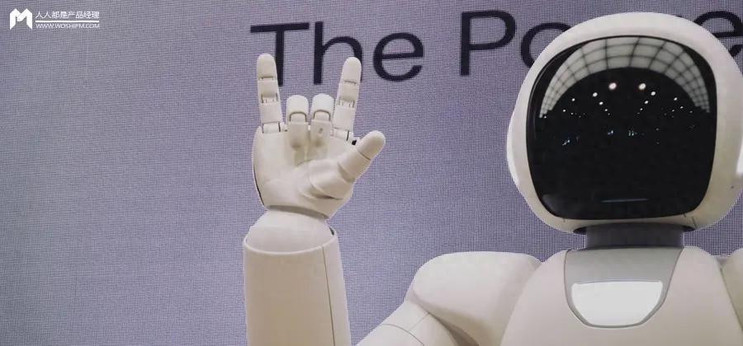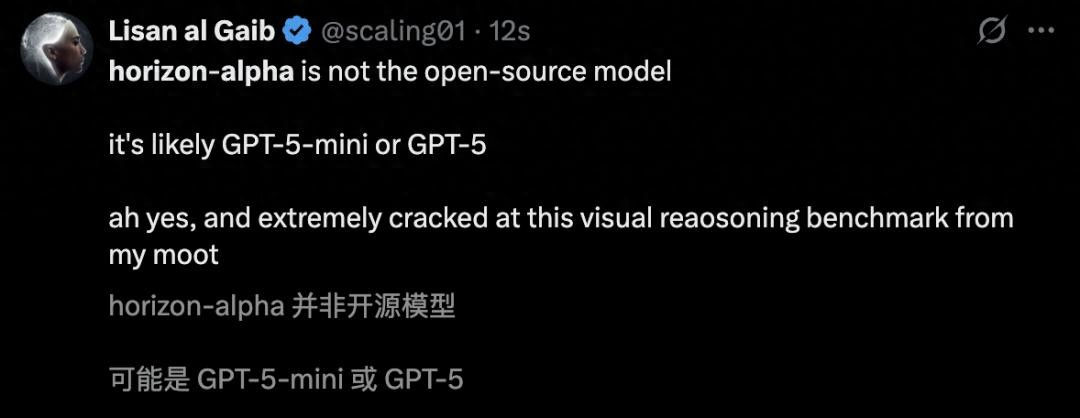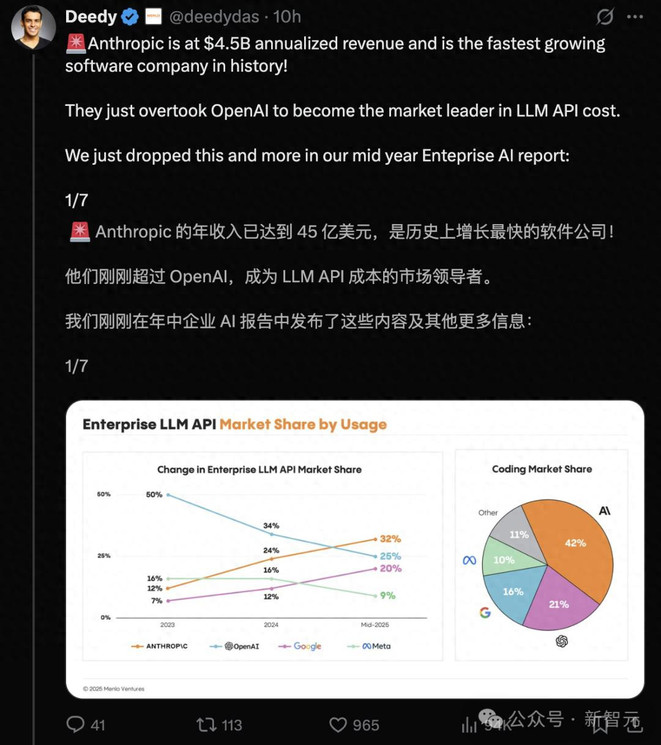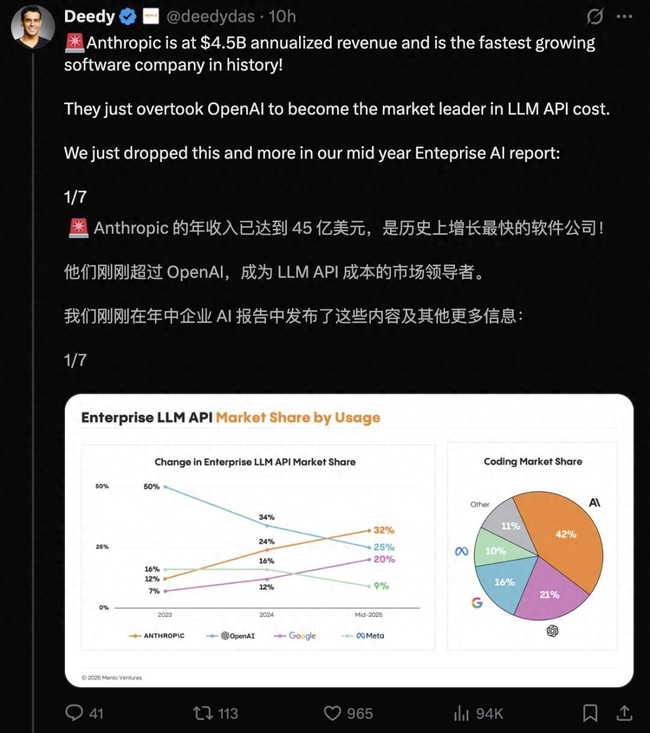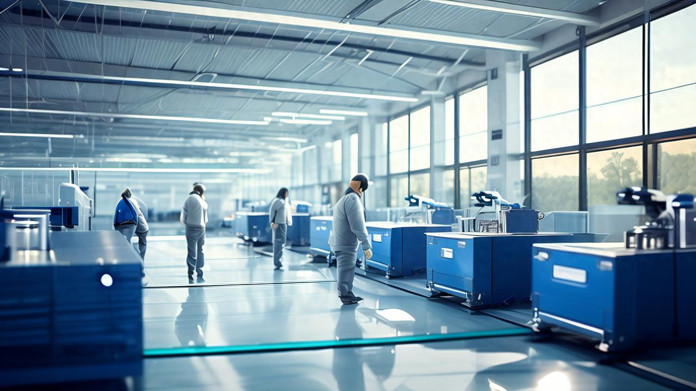
AI-generated image
AsianFin -- Corning Inc. shares soared after the specialty materials maker posted second-quarter results that blew past expectations, with booming demand for AI infrastructure and an emerging solar business offsetting weakness in legacy consumer segments.
The New York-based glass and ceramics manufacturer reported core sales of $4.05 billion, up 12% year-on-year, while core net income jumped 29% to $523 million, or $0.60 per share, roughly 28% higher than the same period last year. The results exceeded analyst estimates, sending the stock up 11.86% on July 29, followed by another 1.02% gain a day later. As of July 31, the shares had climbed to $61.98, extending year-to-date gains to more than 40%.
Corning’s optical communications division was the standout performer, with sales surging 41% to $1.57 billion, representing nearly 40% of total revenue. The segment also delivered more than half of the company’s profit, with net income soaring 73% to $247 million. The growth was driven by soaring demand for AI-enabled data centers, with Corning’s interconnect products seeing sales double sequentially in the quarter. Enterprise network revenue climbed 81%.
“The momentum in AI infrastructure is accelerating faster than expected,” CEO Wendell P. Weeks said on the company’s earnings call. “We’re benefiting from being in the right place with the right capabilities.”
Despite the overall beat, Corning’s consumer-adjacent businesses continued to face pressure. Automotive applicationsrevenue fell 11%, and display technologies dropped 4% amid what the company called “intensified market competition and trade headwinds.” Specialty materials rose 9%, and life sciences remained flat.
Beyond AI, Corning used the earnings release to spotlight its ambitions in solar manufacturing—a sector facing headwinds from shifting U.S. policy under a second Trump administration. Weeks confirmed strong customer response to Corning’s U.S.-made photovoltaic products, and said growth is expected to accelerate as domestic manufacturing capacity comes online.
Notably, Corning recently acquired a 2-gigawatt solar module factory in Arizona from Chinese solar giant JA Solar, a move that gives the company a manufacturing foothold in one of the strongest segments of the clean energy supply chain. The facility is now operated under a Corning subsidiary, American Panel Solutions (AMPS).
Corning, which already owns polysilicon producer Hemlock Semiconductor, also broke ground last year on a solar wafer plant in Michigan, bringing it closer to a vertically integrated U.S. solar manufacturing operation.
For now, however, solar remains a long-term bet. The “Hemlock and Emerging Businesses” segment, which includes photovoltaics, posted a $10 million loss on $326 million in revenue—the only division in the red. Still, the loss narrowed from the previous quarter’s $16 million deficit.
“We’re still in the early innings of our solar journey,” said CFO Edward Schlesinger, who noted that solar wafer production will begin in Q3, with module shipments to follow. The company aims to generate $2.5 billion in annual solar revenue by 2028.
When pressed on clean energy policy risk—particularly the Trump administration’s rollback of certain incentives—Weeks said he expects the Advanced Manufacturing Production Credit (AMPC) to remain in place, and emphasized Corning’s focus on U.S.-based, vertically integrated manufacturing.
“We believe the government will continue to support domestic production,” Weeks said, calling solar modules a high-margin, low-capex business that aligns with Corning’s strengths in integration, akin to its fiber optics strategy.
Corning also issued upbeat third-quarter guidance, projecting core sales of $4.2 billion and earnings per share between $0.63 and $0.67, again exceeding consensus forecasts. The company said it expects tariff-related headwinds to shave $0.01 to $0.02 per share, and noted an additional $0.02 to $0.03 in costs tied to ramping Gen AI and solar capacity.
Mizuho Securities responded by raising its price target on Corning from $59 to $63, noting that both AI infrastructure and clean energy are becoming structural growth drivers.
Corning’s dual push into AI networking and solar manufacturing comes at a pivotal moment for U.S. industrial policy and global supply chains. While some of its traditional businesses face cyclical pressure, the company is clearly positioning itself as a major beneficiary of next-generation infrastructure—both digital and green.
“Corning is laying the groundwork today for performance that will outpace peers in 2026 and beyond,” Weeks said.
